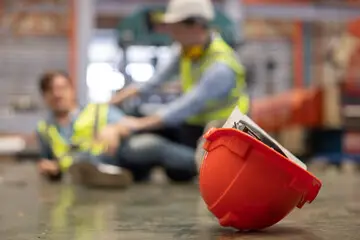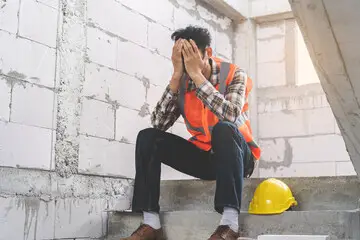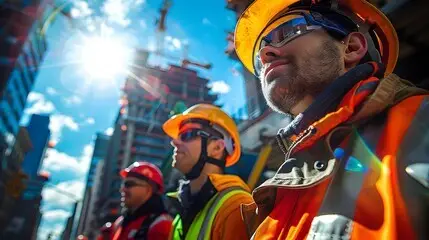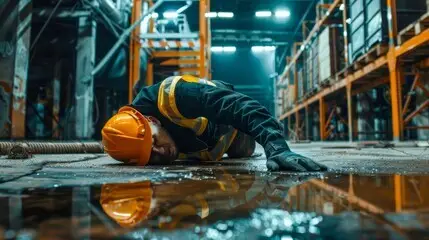
Each year, National Concussion Awareness Day serves as a crucial reminder of the devastating effects concussions and traumatic brain injuries (TBIs) can have. Observed on the third Friday of September, this day is an opportunity to raise awareness about the prevalence of TBIs, especially in high-risk industries like construction, where workers face significant dangers from falls and other accidents.
Companies have an essential role to play in this awareness. By participating in Concussion Awareness Month and integrating concussion prevention protocols into their safety plans, employers can take proactive steps to protect their workforce from TBIs.

A concussion is a mild traumatic brain injury (TBI) caused by a blow or jolt to the head, which can disrupt normal brain function. TBIs can range from mild to severe, with long-lasting health effects if not properly treated. In construction, workers are frequently exposed to conditions that make them vulnerable to TBIs, particularly from falls, struck-by incidents, and equipment accidents.

According to the Centers for Disease Control and Prevention (CDC), construction sites have the highest rates of traumatic brain injuries (TBIs) in the U.S. workplace, accounting for 25% of all construction fatalities. From 2003 to 2010, 2,210 construction workers died due to work-related TBIs, representing 24% of all work-related TBI deaths across industries.

For construction workers, the impact of a TBI goes far beyond the initial injury. Short-term effects include headaches, dizziness, and confusion. Workers might also face emotional and financial strain, as recovery often means extended time off work and mounting medical bills.
Employers have the responsibility to minimize these risks by providing comprehensive safety programs and tools that reduce the likelihood of such injuries.
Protective gear has come a long way in reducing the risk of TBIs on job sites. While traditional hardhats have been the standard for years, modern helmets with enhanced anti-concussion technology are becoming more popular in the construction industry. These helmets have padding and shock-absorbing technology to protect against side, back and front impacts from slips and falls offering superior protection compared to older models.
Several organizations, including OSHA, have advocated for the adoption of these modern helmets. OSHA has recently begun transitioning its own employees to safety helmets and recommends their use in industries like construction. These helmets not only improve worker safety but also help reduce the risk of severe head injuries, particularly from falls and struck-by incidents.


Falls are one of the leading causes of concussions and traumatic brain injuries (TBIs) in the construction industry. Reducing these risks requires comprehensive fall protection training and the implementation of safety protocols that help workers recognize fall hazards and use protective equipment properly.


By incorporating TBI awareness into fall protection strategies, companies can develop a safety culture that not only prevents head injuries but also supports overall well-being on the job site. Ensuring that workers are equipped with the knowledge and tools to avoid accidents is a crucial step in minimizing the likelihood of TBIs and their long-term effects.
As we observe Concussion Awareness Month, it’s vital to remember that preventing head injuries in construction requires both awareness and action. By investing in better head protection, offering proper training, and raising awareness, we can significantly reduce the risk of TBIs on job sites. Together, we can ensure the safety of construction workers and build safer workplaces for all.